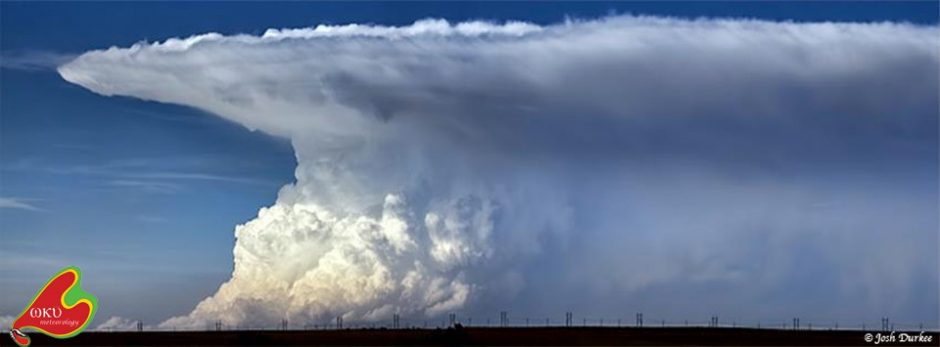I did a short segment on the Bowling Green ABC affiliate WBKO this afternoon. To see my broadcast TV debut, click here. I acquitted myself well except for one small goof. Houses are generally not completely destroyed until winds reach 200 mph, not 100 mph as I said in the video. Actually, most modern houses are structurally designed to withstand winds of up to 100 mph (they should only lose windows and parts of the roof to this point). Beyond 100 mph is when they start to break apart. At 200 mph, nothing will be left but the slab.
For an excellent discussion on the differences between the old F-scale and the new EF-scale, click here.
